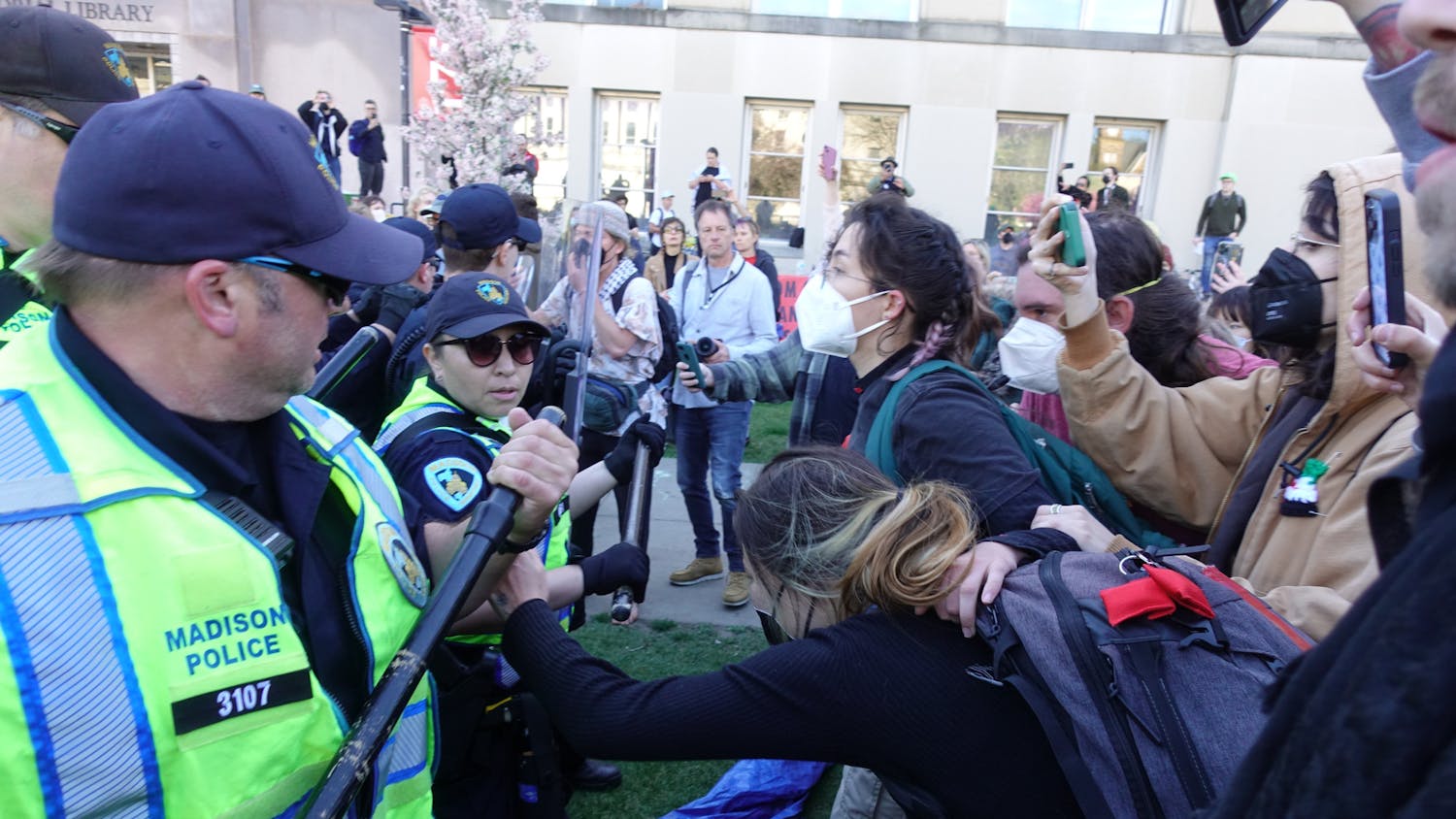Despite the thousands of improvements made in older buildings and the state-of-the-art technology used in new buildings, energy needs at UW-Madison continue to rise.
Meeting the energy needs of any research university can be difficult. Coupled with the age of many facilities on campus and the recent state budget deficit, the battle to further reduce the need for energy is only becoming more challenging.
Energy Conservation: Watt, Why and How |
Faramarz Vakaili, assistant director of the Physical Plant, said while energy efficiency is always a concern, reducing use is difficult and at times costly for several reasons.
""This is a research university and this activity uses a lot of energy,"" he said. ""Also our buildings are old and much of the technology used in those buildings is very old.""
Vakaili said research regulations make special demands on energy use.
""Each lab needs a certain number of air exchanges'eight to 12 an hour'so you condition the air and then suck it out,"" he said. ""You [also] have a campus that is operational 24 hours a day. You can't turn things off at 5 o'clock.""
Vakaili said despite these challenges, much has been done in the past few years to increase energy efficiency on campus.
The Wisconsin Energy Initiative, a state plan to increase energy efficiency, has made numerous changes around campus.
""There are several aspects of the program. One is motor replacement,"" Vakaili said. ""Another is occupancy sensors so when no one is in a classroom the lights go off.""
Another area of focus is water conservation.
""There are 4,000 toilets on campus'we are converting these to 1.6-gallon tanks so we are reducing the amount of water going down the drain,"" he said.
Bruce Braun, UW-Madison assistant vice chancellor for facilities planning and management, said that the budget problems of the state could also hamper efforts to increase campus efficiency.
""The [Wisconsin Energy Initiative] is paid for out of the utility appropriations,"" he said. ""[The state] didn't finance enough money in the utility appropriations budget for the changes. They didn't appropriate what we said it would be. ... The shortfall was $8 million.""
Braun said that while some of the shortfall was later subsidized, the rest would be left as a deficit.
""They haven't put a cap on but we have a deficit hanging over us,"" he said. ""We have a lot of projects that we're in the midst of but we probably won't be signing any more.""
But old buildings are not the only facilities on campus being streamlined for energy use.
Braun said despite many new buildings using top technology, they still require a lot of energy.
""Obviously everyone has been a lot more energy consciousness when we scrutinize building [proposals],"" he said. ""[But] the new buildings are high energy buildings since they're research laboratories.""
Dennis Hill, building manager for Memorial Library, said his building has undergone many changes that have greatly improved energy efficiency. But he said he doubted energy use could be further reduced because of the buildings' general needs.
""We have 17 stack areas. All the lights were on continuously before but with the occupancy sensors, unless someone is there they are off,"" he said. ""The revolving door cut down on energy use a lot. It use to get really cold in the front lobby.""
Hill said these changes, while effective, can only be taken so far because of the enormous heating requirements of the building.
""This building is 355,000 sq. ft., which is big as a small suburb,"" he said. ""There is no central [heating] control. We can't say we're going to put the building at a certain temperature [at night] because it's individually maintained in each room.""
Braun said that while some energy conservation responsibilities lie with facilities' users, a lot of energy is consumed even when no one is using the facilities.
""Each year we put out a list of requests for departments to cut back on energy but what they can do is pretty minimal,"" he said. ""We took a look at the day after Christmas, we still were using 50 percent of what we normally use. ... Just maintaining the buildings uses a substantial amount of energy.\





